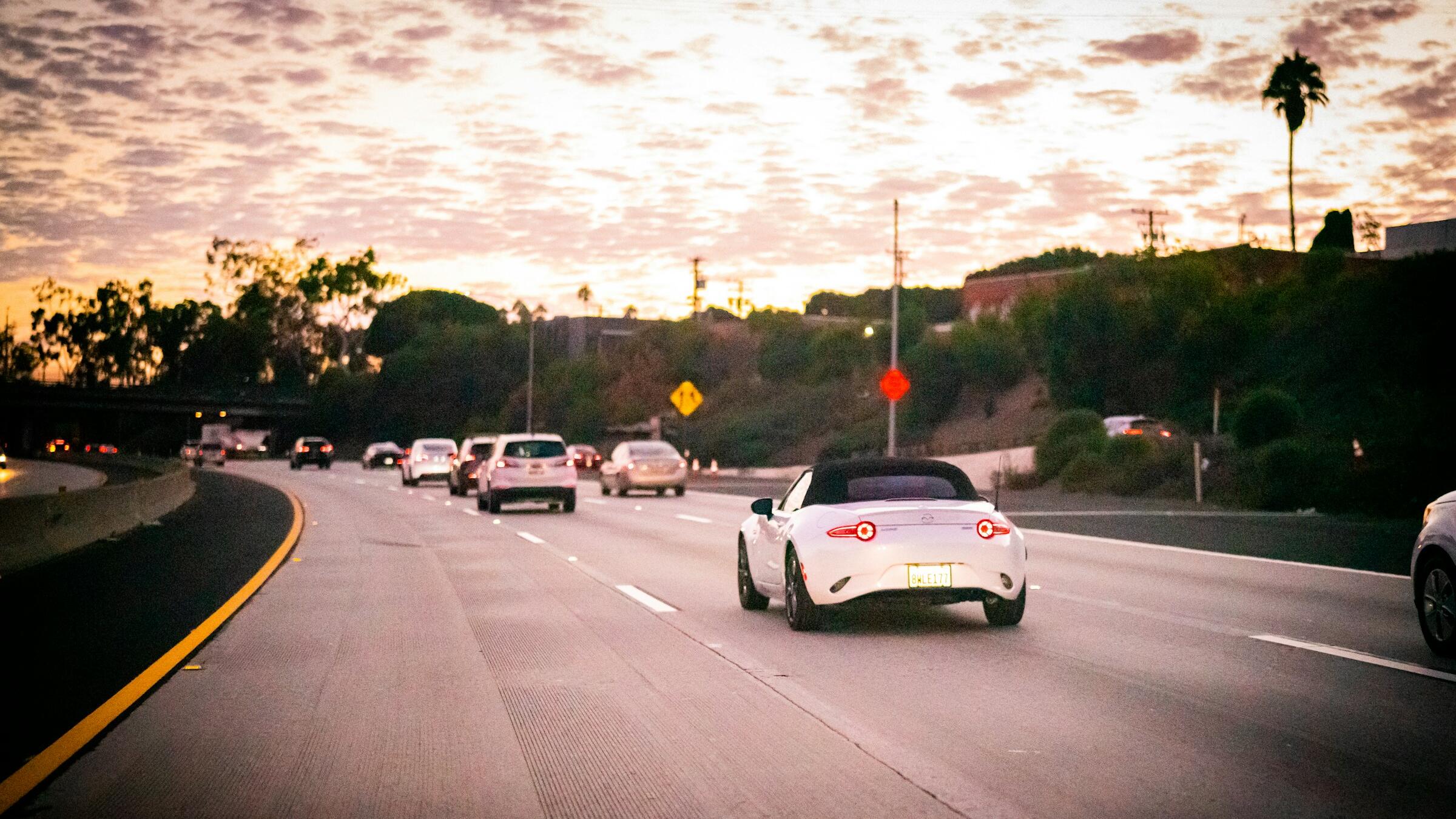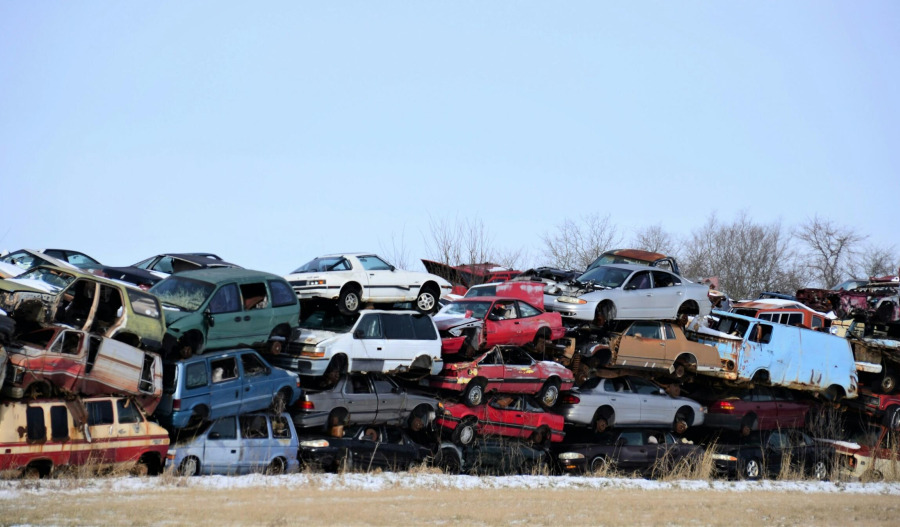Americans with the lowest credit scores or limited credit histories, typically known as subprime borrowers, are falling behind on their car loans at the highest level in decades, with record numbers missing their payments last month.
The growing number of Americans struggling to afford their monthly car payments is the latest sign that lower-income borrowers are being hit hardest by high borrowing costs, rising living expenses and shrinking savings that have seen total household debt in the United States climb to US$18.6 trillion.
According to Fitch Ratings data that goes back to the early 1990s, the share of subprime borrowers - typically charged higher interest rates to offset a greater likelihood of default - at least two months (60 days) behind on their car loans rose to 6.65% in October.
A recent report from the Federal Reserve Bank of New York reveals that in the third quarter, around 3% of auto loans - the second-largest category of consumer debt, behind mortgages - became seriously delinquent (90 days or more past due), the highest rate since 2010.
However, while subprime borrowers are increasingly vulnerable, for those with stronger credit histories, the rate held steady at 0.37%, unchanged from both the previous month and a year ago.
This suggests they remain largely shielded from the financial strain affecting lower-income consumers.
This divide has become known as the “K-shaped” economy — where some households thrive while others struggle — and the strongest barometer of this is becoming evident within the car market.
While rising subprime car delinquencies are further evidence of mounting stress in the credit market, a further deterioration in credit quality could weigh on lenders, especially at a time when investors are highly sensitive to signs of stress in loan portfolios.
PrimaLend, which serves the "buy-here-pay-here" auto financing market — where dealers sell and directly finance vehicles for customers with poor or limited credit — filed for bankruptcy protection last month.
A month earlier, Tricolor, which sold cars and provided auto loans mostly to low-income Hispanic communities in the Southwestern United States, also filed for bankruptcy.
Separate research from Fitch found that the top 10% of U.S. households now account for nearly half of all consumer spending.
Meanwhile, the average price paid for a new car in the U.S. recently topped $50,000, and with the $20,000-vehicle now virtually extinct, many price-conscious buyers are understood to be either sidelined or relegated to the used-car market.
Meanwhile, the share of trade-ins with negative equity has climbed to 28%, a four-year high, with underwater borrowers owing an average of $6,905 more than their vehicles are worth, according to Edmunds.
Also adding to affordability pressures are elevated interest rates.
The average annual percentage rate for new vehicle purchases was up 7% in the last quarter, while around 1 in 5 buyers who financed are committed to monthly payments of $1,000 or more, Edmunds data shows.

Join our community of decision-makers. No card required
Join now

